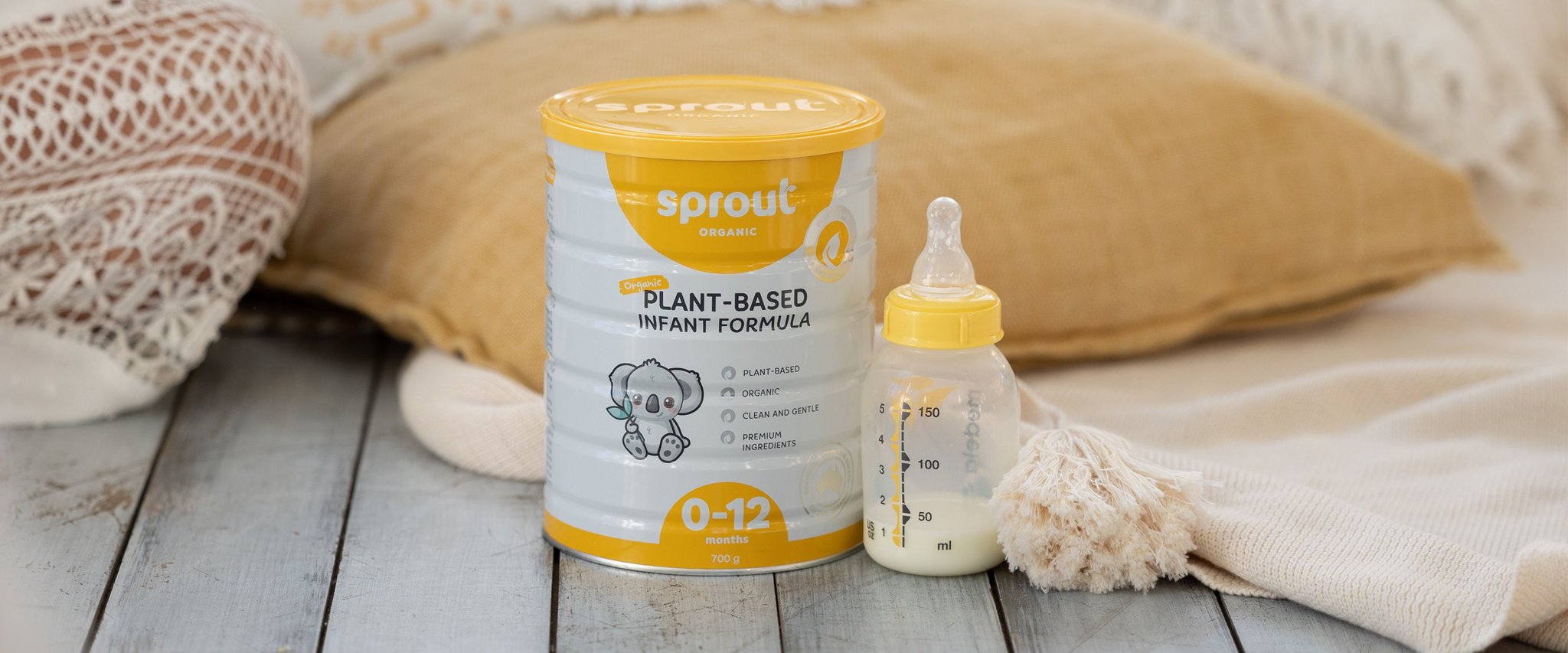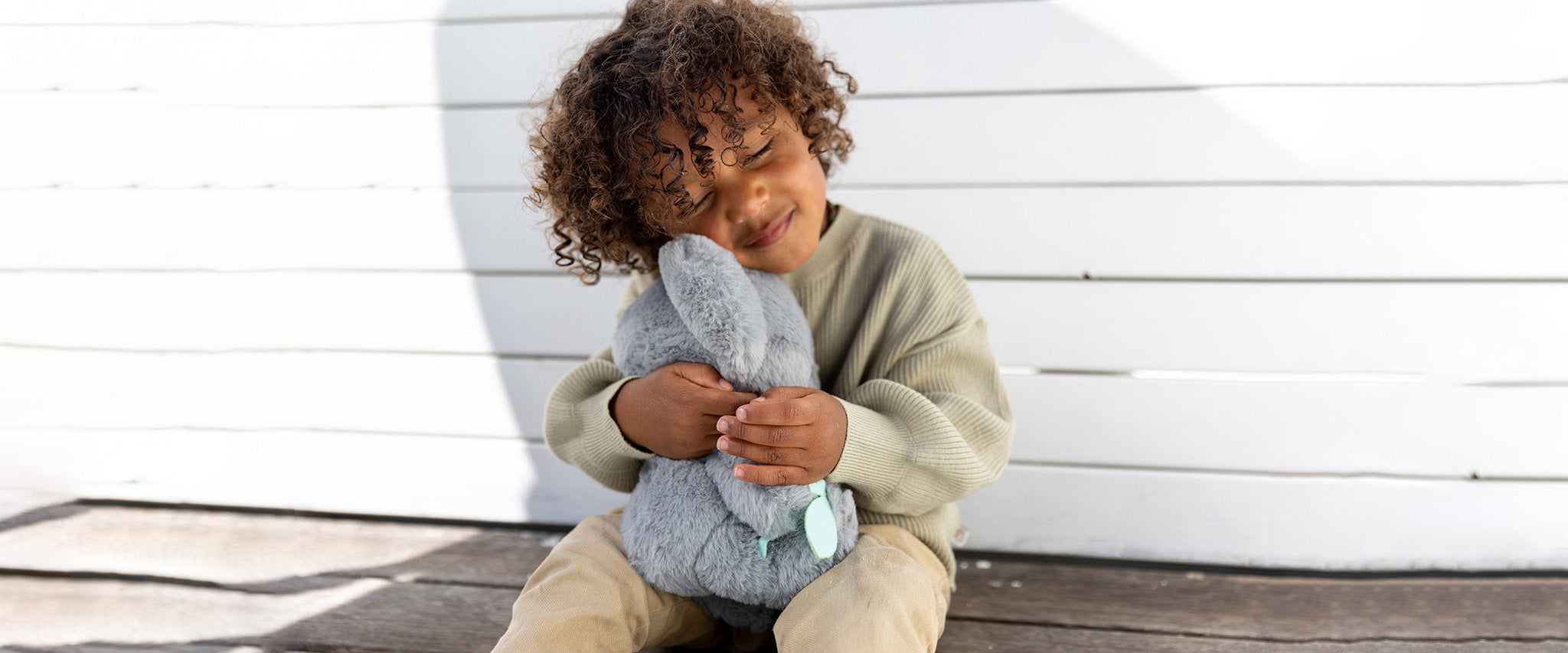Midwife’s Top Tips on Settling your Baby and Creating Healthy, Safe Sleeping Habits
For the last forty or so weeks, your baby has been growing in your uterus, a protected, warm, safe environment. You have been baby’s home, and you are all they know. Understandably, a lot of parents get frustrated and upset when their baby doesn’t sleep very well as being fatigued can put a strain on your relationships and your ability to function effectively.
In saying this, it can be beneficial to reflect on what major changes have occurred as soon as your baby is born. These changes can be tough for them, and they need you to reassure, love and care for them so they can slowly adjust to their new environment. Remember, bub has been growing in your womb, so a bassinet or cot is foreign for them. The outside world is very bright compared to your womb, and bub doesn’t know the difference between day and night yet. You are their home, and you and your partner are the only familiar ones; your voice, your smell and your touch are all your baby usually want when they are upset.
Settling your bub
Settling your baby can be stressful and overwhelming when bub is crying and you’re not sure why. It takes time to get to know your baby, their body language and what works for them regarding settling techniques. Being flexible and responding to your baby’s needs are important. Observing and learning the different cues that your baby exhibits (hunger, tired or discomfort cues), takes time, and is your baby’s way of telling you what they need. Trusting your mama instincts is also very important when it comes to responding to your baby’s needs and cues.
Settling tips for new mums
There are lots of different reasons why your baby might be upset. Below are some ideas on what might work to settle them.
- Swaddling or wrapping is similar to the womb for bub. The tightness of the swaddle imitates your touch and this can help soothe your baby. Babies have a reflex called the ‘startle reflex’ - you may have noticed when your bub gets a fright they throw their arms up in the air. This reflex often wakes and startles your baby, another great reason to swaddle.
- Baby-wearing through unsettled periods can result in less crying, increased bonding, regulate bubs temperature and heart rate, and gives you two free hands.
- Burp bub after each feed, or keep them upright for at least 15 minutes. This will help digestion and aid in minimising tummy cramps. Patting bub on the back or bottom can also help to settle and bring up air.
- A warm bath, or gentle tummy massage if bub has discomfort and gas.
- Feed regularly. Follow bubs hunger cues and feed on demand.
- If you are breastfeeding, keeping a food diary can be helpful. Sometimes foods like chill and garlic can cause discomfort for bubs tummy. If you are formula feeding and bub is continually unsettled, consider changing bubs formula. Sprout Organic infant formula is plant-based, certified organic and gentle on a little one’s tummy.
- A calm environment with a dark room and white noise can help relax bub and remove any over-stimulating activities.

5 tips to make sleep time easier for you and your baby
1. A bedtime routine can make the world of a difference in how your baby sleeps. A bedtime routine is about recreating the same steps each time before putting your baby to bed. For example, a warm bath, dressing bub, swaddling or using a sleepsuit and then a lovely feed before settling bub in their cot. Creating this similar routine before bed every night will trigger your baby to learn that it’s bedtime, and over time your baby should settle down to sleep quickly after the routine.2. A sleep environment that replicates how bub felt in your womb is an excellent way to assist your baby to sleep well. Your womb was dark, noisy, cosy and close to you, these are some ways to create a similar environment. Swaddling bub, or using a sleepsuit, creates a tight warm home, making bub feel secure and warm, just like being inside the womb. Swaddling is recommended until your baby begins rolling over, then ensure that their hands are free. Swaddling is also part of the SIDS recommendations outlined below. Creating a room for your baby that is dark with relaxing sounds can also help your baby sleep. As bub heard your heartbeat and breathing for 9 months in the womb, white noise or relaxation music is the perfect background noise for your baby if they are not settling in a quiet room.
3. Rooming-in with your baby can help bub adjust to the outside world. Having your baby sleep in a cot next to you, or in the same room, means bub will still be able to smell you and hear that you are present. This in itself can help your baby settle to sleep. Rooming-in is convenient through the night for regular feeds and is also in line with SIDS recommendations.
4. In the early days when your baby is a sleepy newborn, it can be a good idea to start helping them differentiate between day and night, as this may help them sleep better at night. As stated above, dim the lights and make bubs room dark at night time but during the day have the room lighter or even bring the bassinet out into the lounge room for them to sleep. Bub should still sleep well in the brighter room through the day, but the dark room at night will help them relax into a deeper sleep. Other tips to help bub learn day and night include:
- When bub is awake during the day, have playtime, read books or have tummy time.
- During the night, keep the room dim and when bub wakes, try not to stimulate them. Simply change their nappy, feed, burp and settle them back to sleep.
5. Your newborn will generally fall asleep relatively easily, although as your baby grows and develops, he or she may need help to learn how to fall asleep on their own. Ways to help your baby relax include being cuddled, rocked or fed. Just remember, the outside world is foreign to your baby and they sometimes need their parents for reassurance and comfort. Follow your instincts mama, and do what you feel is right and what works for you and your baby.

Safe Sleeping Recommendations in accordance with SIDS (Sudden Infant Death Syndrome) guidelines
SIDS or Sudden Infant Death Syndrome, is defined by Red Nose Australia to be the sudden and unexpected death of an infant under the age of one occurring during sleep and remains unexplained after a thorough investigation. SIDS is devastating for the whole family but is rare due to the implementation of safe sleeping strategies, which reduce the risk of SIDS.
An outline of safe sleeping recommendations:
- Lay your baby on their back, in a tight swaddle, on a firm flat surface from birth.
- Have bub firmly swaddled. This ensures wraps are nice and tight and no loose blankets can cover bubbas face and nose.
- Sleep your baby in their own space: bassinet or cot.
- Sleep bub in the same room as you (in their own space) for the first 6-12 months (rooming-in).
- Place your baby at the bottom of their cot to sleep with bedding tucked in, ensure the head and face are uncovered, with no pillows or toys in the cot.
- Provide a smoke-free environment for your baby to sleep.
- A safe sleeping environment for bub includes a safe cot, safe mattress and safe bedding.
- Research indicates breastfeeding your baby can lower the risk of SIDS.
You can read more on safe sleeping here - www.rednose.org.au
- Aliza Carr | Midwife & Perinatal Mental Health Specialist






Leave a comment